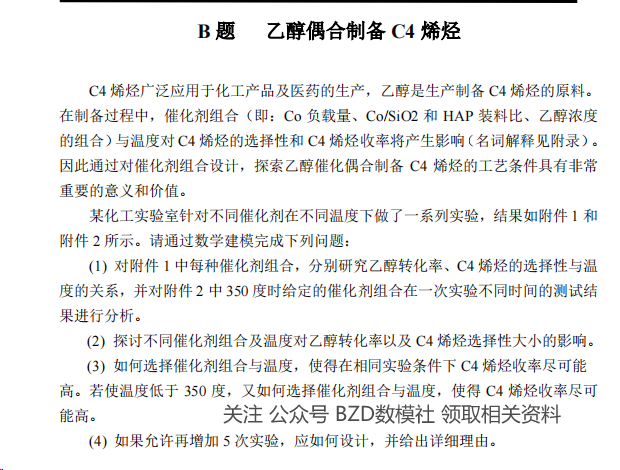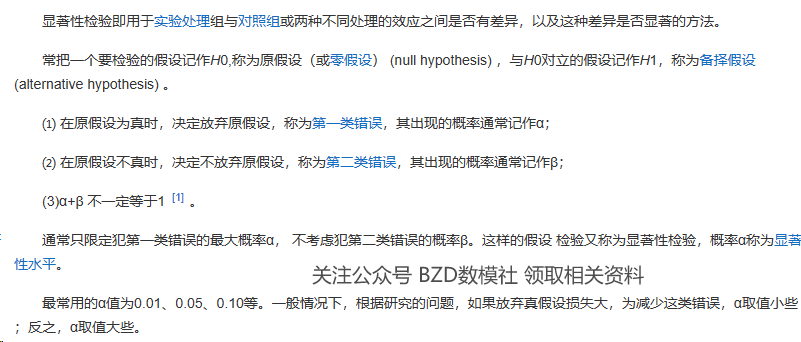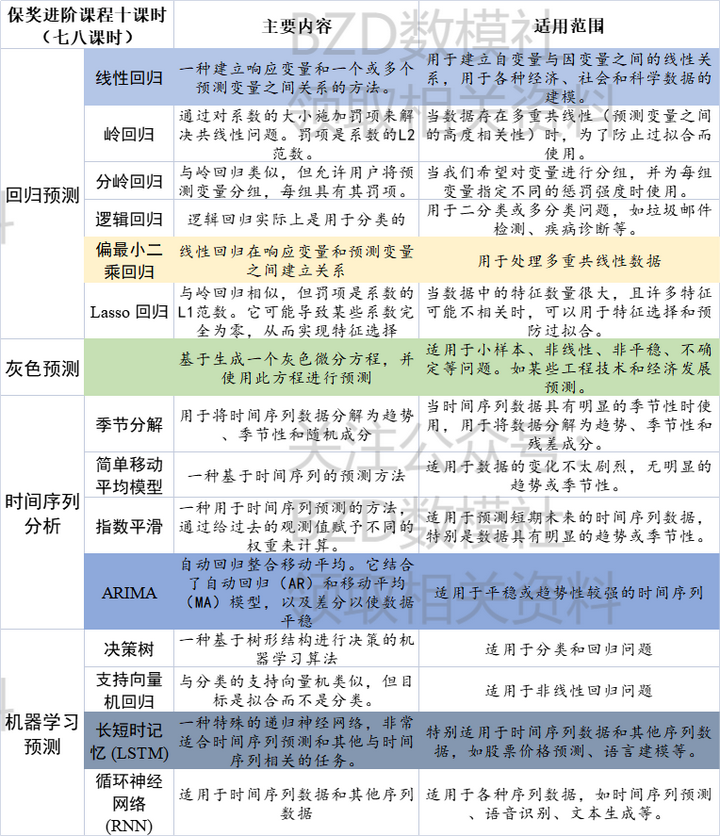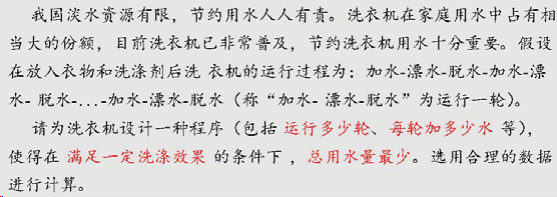The 2023 Digital and Analog Cup International Competition, the first numerical and analog English paper competition in the second half of this year, will start as scheduled. The difficulty of the questions in this competition is beginning to be in line with the national competition before 2020. The competition is modeled after the US competition, with two lanes for MCM and two lanes for ICM. It should be noted that unlike other conventional mathematical modeling competitions, this competition supports each participating team without distinguishing between groups. You can choose from 4 sets of questions One question, the question type can be changed during the competition period.
But in order to avoid the phenomenon that everyone can’t finish the task after two days, it is very necessary to help everyone choose the topic quickly in advance. Here I will give you a brief analysis of the four questions in this competition.
Question Difficulty A>C>D>B
Estimated number of people choosing the topic B>D>C>A
Problem A:Modeling and Optimization Control Issues of Compound Helicopter
Question A is a question with a helicopter as the background, an optimization + physics type question. This kind of question is regarded as the most difficult question A in various competitions. The same is true for this competition. The solution to problem A requires everyone to have a good foundation in physics, as well as a certain foundation in mathematics and analog. Only after the results have been optimized can the problem be attempted. Physics questions like Question A are usually the choice for veteran teams in competitions to win prizes. Difficult topics to choose from and a small number of people means there are few competitors, but it is not suitable for guaranteeing prizes! This kind of question requires a high degree of accuracy in the answers, and large deviations in the results will have a certain impact on the review. Therefore, it is not recommended for people who are new to numerical modeling to try it.
Problem B:The catalytic reaction of cotton stalk pyrolysis
Question B is a question with the catalyst as the background. This question is highly similar to question B in the 2021 National Competition. At the same time, I led a national first team and a national second team in 21 years. Due to the special feelings towards this competition question, all assistance in this competition will be centered on this issue (papers, codes, data results, etc.). Below is a brief introduction to question B.

For data-based questions, the first step is data preprocessing. No matter whether there are outliers or missing values, they must be processed. Even if there are no outliers or missing values, corresponding processing has been carried out and no outliers have been found. (You can refer to the data preprocessing of Question C of the 2017 National Competition. The data is fine. The organizing committee still sets a 10-point data preprocessing score). Then simply draw a scatter plot for the given data and describe it to complete the data preprocessing work.
Question 1: Analyze Appendix 1 to analyze the relationship between the yield of pyrolysis products (tar, water, coke residue, synthesis gas) and the mixing ratio of the corresponding pyrolysis combination. A simple method is to use the scatter plot drawn by data processing to directly describe the positive and negative correlations, so that this question can directly get 60% of the score. If it is not satisfied, you can directly analyze the line chart to determine the reaction mechanism and fit the exact functional relationship. The latter can probably get a score of 70-80%.
Question 2: Analyze and process Annex 2. First make the corresponding image. Here you can draw a scatter plot or a line chart. The impact of the mixing ratio of the pyrolysis combination on the yield has been discussed. The positive and negative correlations can be discussed directly similar to the simple approach to question 1. You can also try to get the exact functional relationship.
Question 3: Just conduct significance analysis on the results under the same proportion. What is significance analysis? You can learn it by searching online. The corresponding implementation code will be given in the information later.

Question 4 can be understood as wanting us to get the exact function expression, that is, as the proportion changes, the generated product changes, etc. Here you can directly use regression analysis to obtain a linear or nonlinear expression of one variable.
Question five, prediction model. Simply, you can directly use the function expression in question 4 for regression prediction. If it is complicated, you can use machine learning to do it every month according to the topic. The former pays more attention to the overall newness of the problem model, while the latter model is more advanced. To blend the two, you can use weighted average prediction.

Problem C:Intelligent Recognition and Detection of AI-Generated Text
Regarding the processing of the text of question C, the suggestions for this question are almost the same as those of question A. It is difficult and requires strong programming skills. Teams that are modeling for the first time choose carefully. The difficulty is not as difficult as question A, but there will not be too many people choosing this question. It is estimated that 15% of the people will choose this question.
Problem D:The Mathematics of Laundry Cleaning
Question D is also very similar to question B in the 1996 national competition. The background at that time was water shortage. The following are the questions and solutions for the 1996 national competition.


Question D in this competition is similar to the question in 1996. It is nothing more than an optimization model. Three elements: decision variables, objective function, and constraints.
Optimization model
Decision variables: number of washes and water consumption per wash
Objective function to achieve washing effect
Constraints Equality constraints Inequality constraints
Finally, I hope the information can be helpful to everyone, and I wish everyone a smooth competition! !